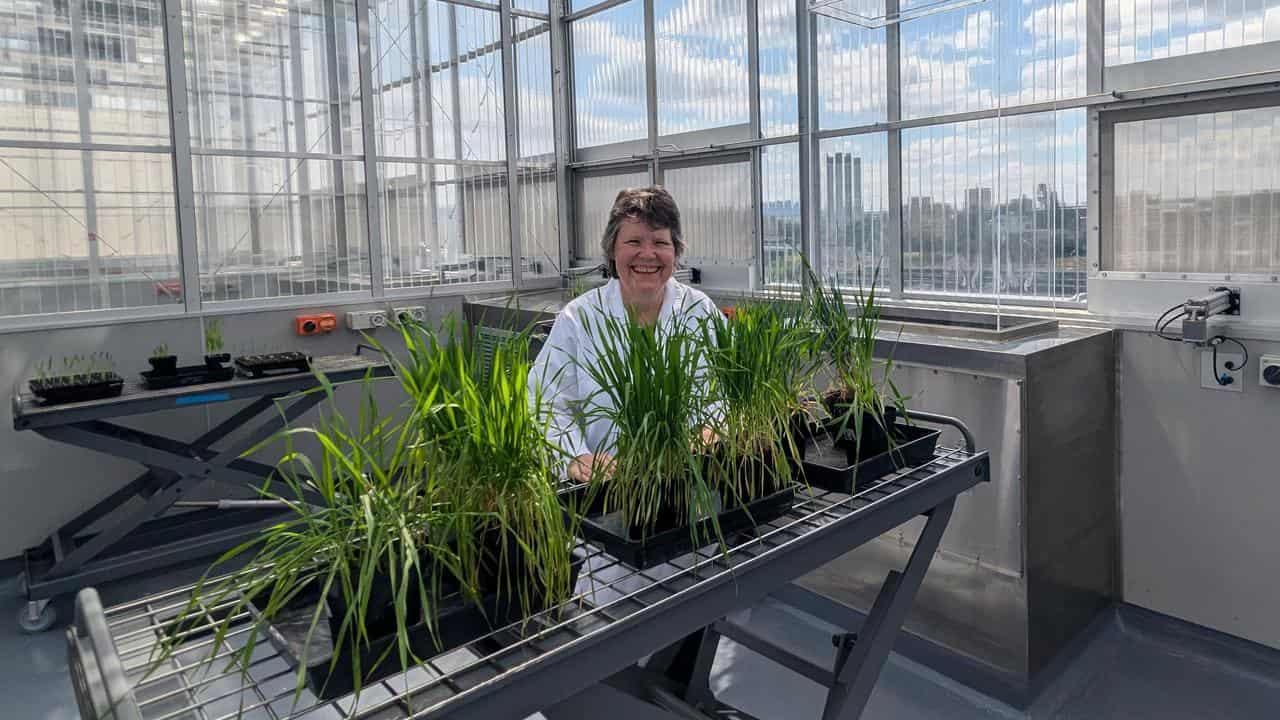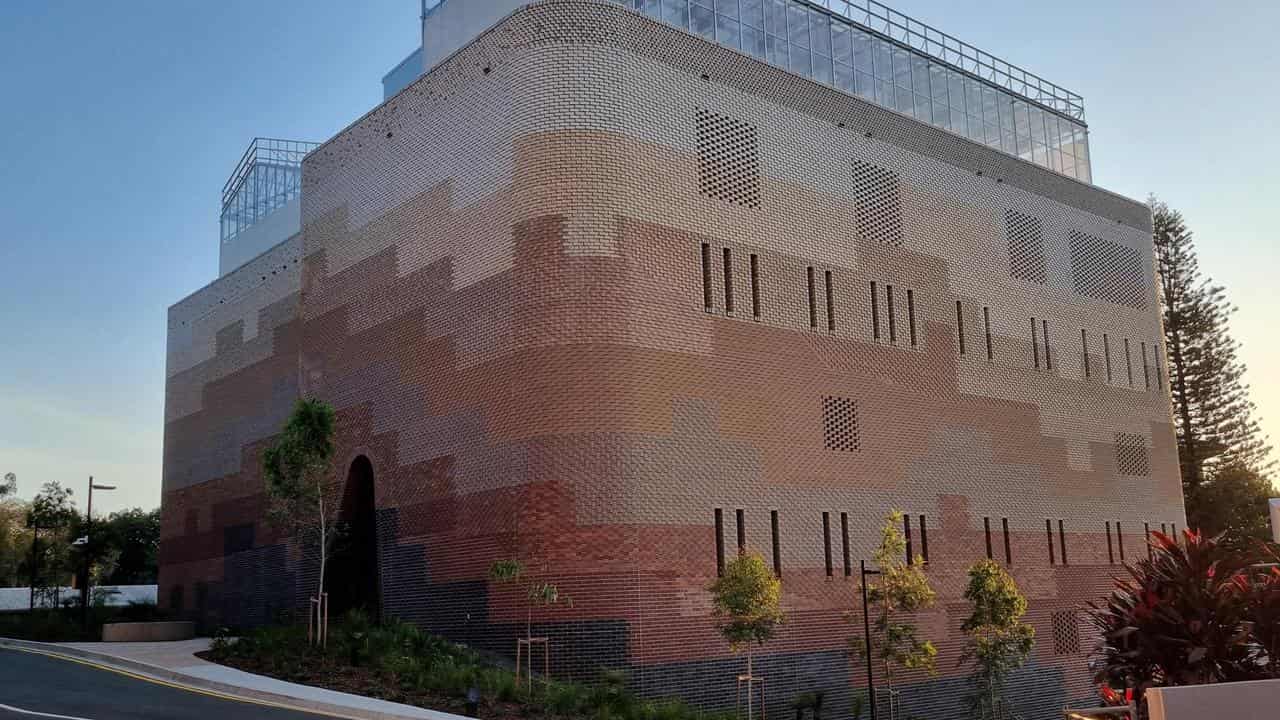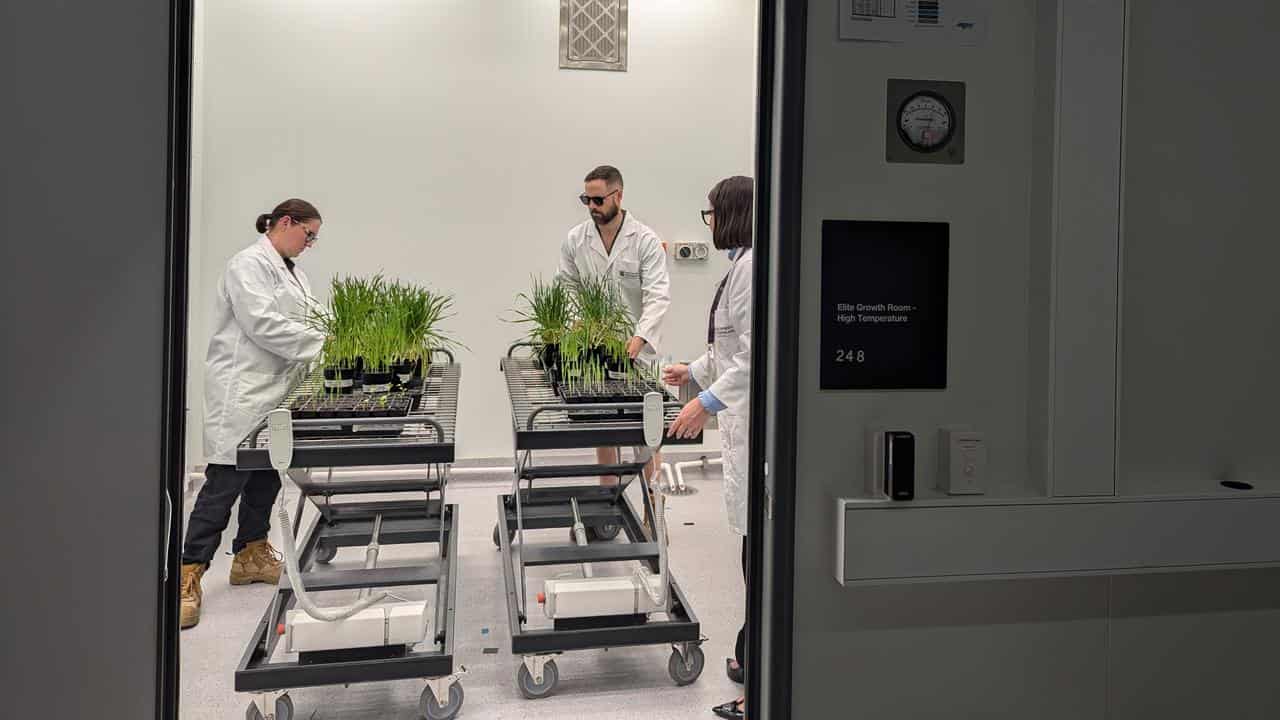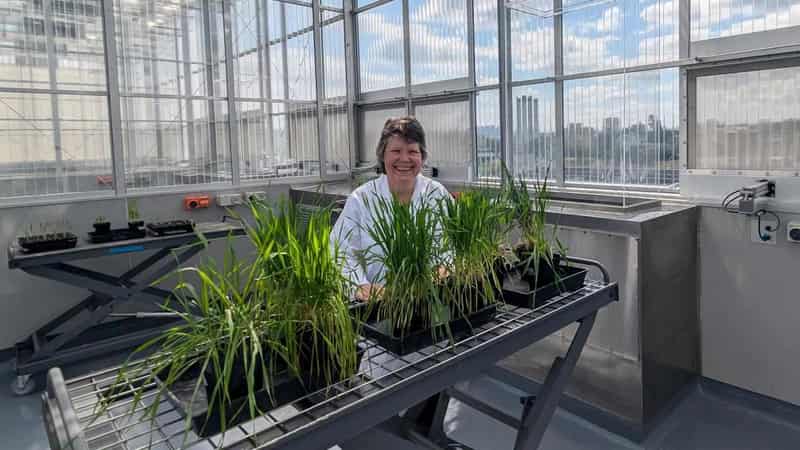
A climate-change-fighting agricultural research hub capable of mimicking rainforest and desert habitats will help farmers secure the nation's future food supply amid global warming.
Scientists at the University of Queensland’s $65 million Plant Futures Facility can finely control temperature, light intensity, light quality, humidity and carbon dioxide concentration.
Director of the UQ-led ARC Centre for Plant Success in Nature and Agriculture, Christine Beveridge, says it's a "game changer" that will allow researchers to accurately control every aspect of the growing environment and fast-track precision plant science experiments.
"I'm super excited about the opportunity this facility brings to researchers across UQ and industry partners because it's really going to supercharge our ability to dissect apart the environment and genetics and how plants grow," she said.
"This is really important right now because in the face of climate change and with a growing population, we need to feed 9.5 billion people by 2050 and the only way we're going to do that is by improving our crops."
The six-floor agricultural facility at the university's St Lucia campus in Brisbane is the largest and most precise in the southern hemisphere.
"The unique thing about this facility is that we can mimic plant growth in, for example, a rainforest-type environment or a hot and dry environment and we can also do fancy things like dissecting that environment into its component parts," Professor Beveridge said.
This includes adjusting day lengths and the temperature to help understand the mechanisms that drive plant development and growth.
"One of the amazing things about this building is the incredible accuracy that we can actually measure temperature and humidity in a three-dimensional space within the growth rooms," Prof Beveridge said.
"With climate change, we need to understand how plants are going to perform in future environments.
"This facility will speed up our ability to do that by being able to grow plants within those future environments"
Research will start in October after the first seeds arrive following a rigorous commissioning period.

Cameras and sensors will capture images and data for analysis as the plants develop in three floors of grow rooms and nine rooftop glasshouses and laboratories.
Prof Beveridge said the facility would impact scientific understanding of natural systems as well as crop growth.
"Cutting-edge research across the world in plant science is still grappling with really fundamental questions like why do plants branch, how do they photosynthesise, how do they take up water, what makes leaves large or small or thin or thick?" she said.
"All of these basic things about plants ... by being able to grow plants under these controlled conditions we can start to dissect out the different components that are actually regulating those traits."
It is research that is not possible in the field.
"To build that predictive capacity of how plants are going to respond to climate change, for example, we need to understand the mechanisms and we need to be able to do that through tightly controlled environments," Prof Beveridge said.

"We have capacity now across all of these domains and it means that we can really understand that nexus between genotype and what the plants look like in different environments and we can predict that out into the field," she said.
According to the Bureau of Meteorology, greenhouse gases in the earth's atmosphere are at the highest level in at least two million years and continue to increase.
Air temperature at the earth’s surface has warmed by over 1C since reliable records began in 1850 and each decade since 1980 has been warmer than the last, with 2011–20 being about 0.2C warmer than 2001–10.
Australia’s climate is also heating up - by an average of about 1.47C since national records began in 1910 - leading to an increase in the frequency of extreme heat events over land and sea.









